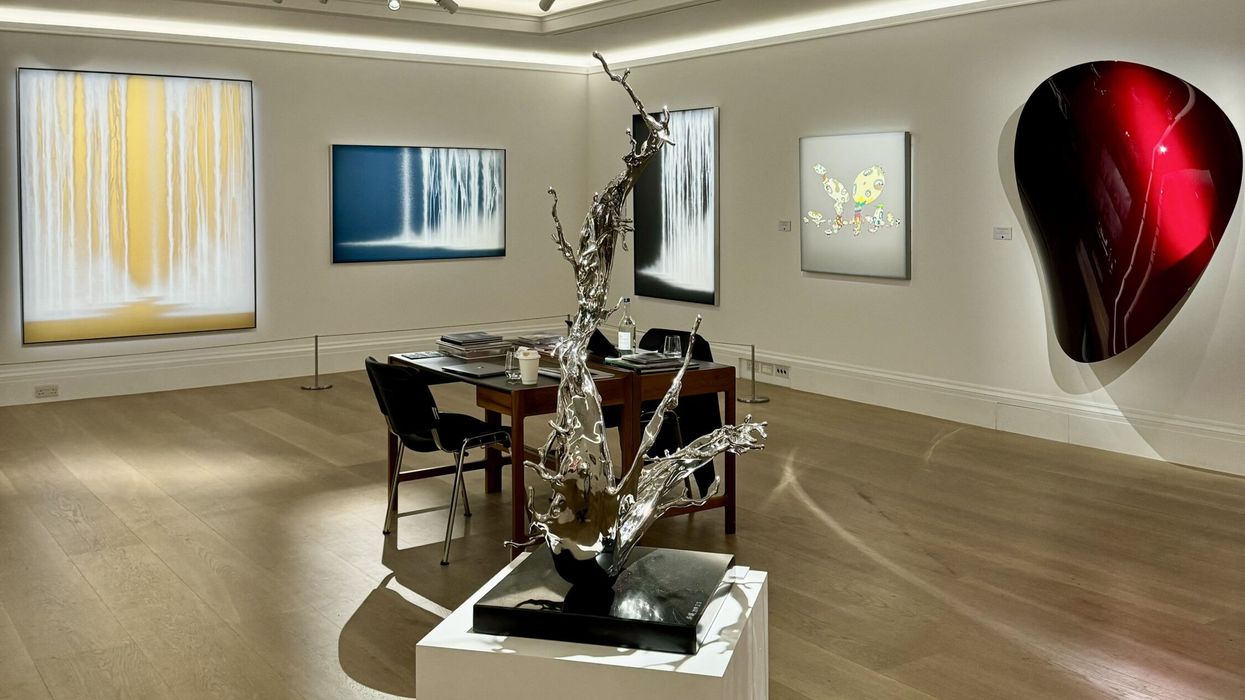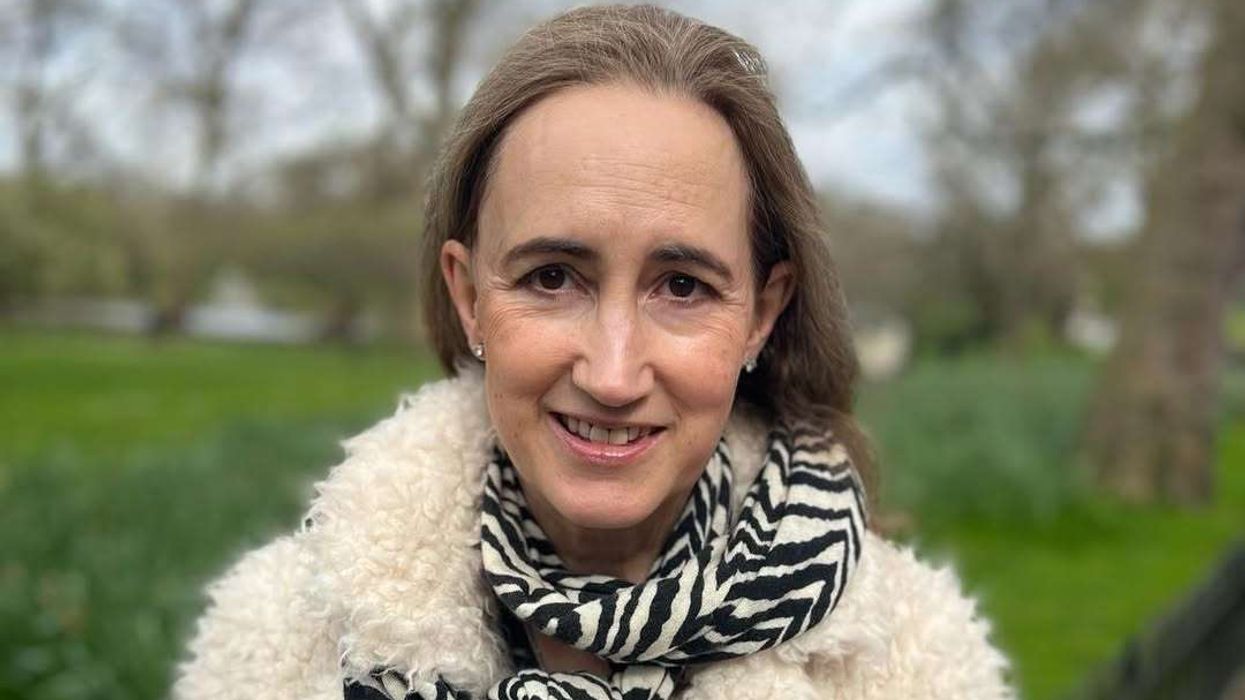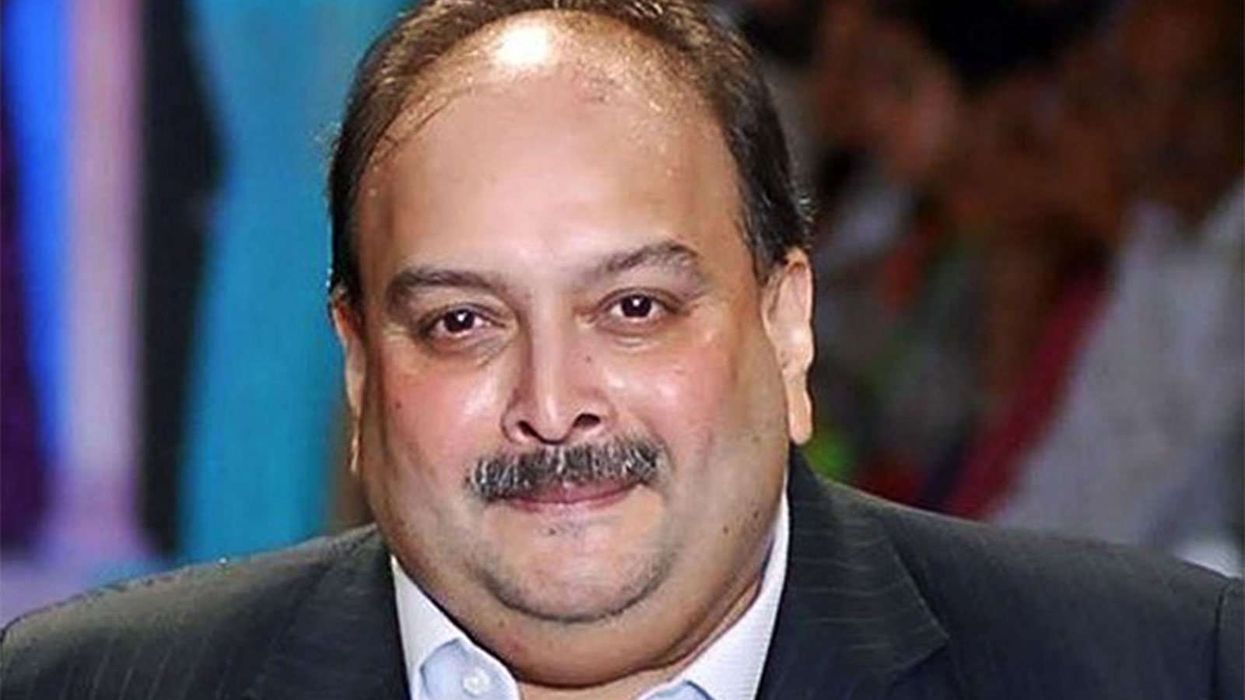THE 27th edition of Asian art in London brought thousands of wealthy collectors (many of them Indian), gallery owners, artists and, of course, their contemporary art to the UK in one of the biggest annual events of its kind.
But from Eastern Eye’s point of view what was most revealing and intriguing were the intimate artistic bonds that have long existed between India and Japan, reflected in the life and times of Sandip Kumar Tagore.
And two people – both Tagores, related to each other and uniquely placed to talk about the Indo-Japanese relationship – happened to be in London.
They were at the V&A which was holding a gala reception to mark Asian art in London from October 30 to November 8.
One was Maya Tagore, the daughter of an Indian father and a Japanese mother, who had come from Honolulu.
Also, there was a frequent visitor to London – Sundaram Tagore, who lives in New York where he has a gallery. An expert in Asian art, he also has Sundaram Tagore galleries in Hong Kong and Singapore and travels regularly to Japan.
Maya said: “Yes, we are related to Rabindranath Tagore. The Pathuriaghata Tagores are the original house of Tagores. My father is from this family. Our family tree is very long. At one point one of the brothers, Nilmoni, branched off to build his own house in Jorasanko, which is walking distance from Pathuriaghata. Rabindranath Tagore hails from this branch. There were and still are family ties between the branches.”
Sundaram’s father, Subhogendranath Tagore (1912-1985), was the grandson of Hemendranath Tagore, the third son of Debendranath Tagore and the elder brother of Rabindranath Tagore. Sundaram is editing a book about his father.
For Maya, the links are personal. She said her father, Sandip Kumar Tagore, went to Japan to study textile art and design in 1957, met and married fellow student Eiko Matsumoto in 1958, had two daughters – Maya was one of them – and lived in the country until his death in 2021. A student of Santiniketan, the university founded by Rabindranath Tagore, he did much to promote artistic exchanges between India and Japan.
Sundaram, who represents a number of celebrated Japanese origin artists, notably Hiroshi Senju, Takashi Murakami and Yayoi Kusama, said Sandip Tagore was a key figure on the Indo-Japanese arts scene.
“He was the glue for those two cultures,” said Sundaram, who displayed artists he represents at Sotheby’s, the auctioneers.
Along with the Japanese artists, he included works by Indians Sir Anish Kapoor and Sohan Wadri, the Korean Chun Kwang Young, the Mongolian sculptor Zhang Lu and the Vietnamese Kenny Nguyen, whose painting won his gallery a prize voted for by members of the public.
When Indians think of Japan, they remember the founder of the Indian National Army, Subhas Chandra Bose. He was killed in an air crash in Japanese Taiwan on August 18, 1945. His ashes are said to be located at the Renko-ji Buddhist temple in the Japanese capital, Tokyo.
Rabindranath Tagore (1861-1941) visited Japan in 1916, in 1924 and in 1929, and also made short transit visits in 1917 and in 1929. His visits became milestones in the timeline of Japan-India relations.
Maya, who grew up with her parents in Japan, told Eastern Eye: “My father occupied a unique moment and place in the course of cultural relations between Japan and India.
“My father spoke constantly about his thoughts on India, Bengal, Japan and Kansai (the southern-central region of Japan’s main island Honshu), on art, music, gardens, aesthetics, poetry, literature, humour, in lectures, speeches, interviews and conversations. He loved teaching.”
Both her parents wrote books. In Peopled Azimuth, her father included his reminiscences and reflections on being an Indian in Japan.
The book’s title, she said, refers to “a term often used in navigation. He felt his was a journey blessed with so many different people. He was a spiritual person and felt the course of his life was not just of his own making, but one that owed much to many people’s goodwill, timing, place and connections.”
In his memoirs, he wrote about his first morning in the beautiful city of Kyoto, which was spared by American bombers during the Second World War.
Sundaram Tagore and Maya Tagore“Hearing the Buddhist chant, Buddham sharanam gacchami, a spate of tears ran down my cheeks soaking the soft blue periwinkles of my summer quilt. I sat enchanted. I knew my tears were of joy. Coming from the country where Siddhartha was born and later became the Buddha, I realised with a shock of guilt and shame that I, too, was a part, however miniscule of His self, bathed in his Karuna. The tears, blessed by Him, came down like an ablution, that seemed to flush out the guilt and shame of my ignorance. I had arrived in Kyoto the evening before.”
He experienced the sounds of bells “at the great Chion-in Temple, the headquarters of the Jodo sect of Japan’s Mahayana Buddhism. The serene sound of the bell seems to ponder for a moment, as if taking stock of the person who awakened it, and then pass through his whole being and onto the limitless sky to reign there for as long as one wants to listen to it. The amorphous, phonic ejection of the bell’s serenity mingles with the ever-present chirping of the cicada creating the feeling that one is viewing the universe from the inside of a throbbing dew drop.”
According to her father’s biography, “Professor Sandip Kumar Tagore was born in Calcutta in 1931. He studied at Visva Bharati University (Santiniketan in West Bengal) between 1950 and 1954 and obtained a BA in Fine Arts with a minor in classical and Rabindra sangeet. He travelled to Eastern and Western Europe and Asia in 1955 and 1956 representing India at the World Festival of Youth and Students. He studied film art direction under the legendary director Nitin Bose at the Tollygunge Indrapuri Film Studios in Calcutta between 1956 and 1957.”
The trip to Japan changed his life. “In 1957 he studied Japanese textile art and design at Kyoto Institute of Technology (Kyoto Kogei Seni Daigaku) on a Japanese government. He married Eiko Matsumoto, a student at Aoyama Gakuin University in Tokyo in 1958. He had two daughters and four grandchildren.
“He lived in Japan and continued to be involved in the field of education and cultural exchange and was instrumental in introducing Indian culture, arts and music to Japan and also to introduce Japanese culture to India.”
Sundaram said “the Japanese were looking at someone who could talk about their own culture and civilisation. The fact that Sandip Tagore was able to speak Japanese in a very fluent way had a very powerful agency.
“The trading class was very, very important, but the cultural side of the story is what humanises everything. He is an important cultural figure, and finds a way to communicate about India, about Calcutta, about Bengal, about Santiniketan, about Rabindranath Tagore. He is a torch bearer for that culture.
“Sandip Tagore was friends with key figures like David Kidd who grew up in the Summer palace in China and wrote The Peking Diary. He founded the David Kidd Foundation in Kyoto.
“There is a whole range of Japanese artists who are invited to Santiniketan and he was the one who was responsible for bringing them over. In the context of today’s art, Japan has one of the most innovative cultures in Asia – and the world. Hiroshi Senju is a perfect example of that. Anyone in Japan interested in India would read Sandip Tagore’s books – in Japanese.”
Sundaram recalled a personal anecdote: “I know the curator of the Guggenheim Museum. She told me, ‘Oh, you’re related to Sandip Tagore. He was my friend when I was a PhD student. He used to take me out for lunch.’ So he was the glue or the balm. There aren’t too many Indians in that capacity.”






 The BFG - production images Royal Shakespeare Company/(c) Marc Brenner
The BFG - production images Royal Shakespeare Company/(c) Marc Brenner  BFG production images, directed by Daniel Evans. Royal Shakespeare Theatre, taken in November 2025.Royal Shakespeare Company/(c) Marc Brenner
BFG production images, directed by Daniel Evans. Royal Shakespeare Theatre, taken in November 2025.Royal Shakespeare Company/(c) Marc Brenner BFG production images, directed by Daniel Evans. Royal Shakespeare Theatre, taken in November 2025.Royal Shakespeare Company/(c) Marc Brenner
BFG production images, directed by Daniel Evans. Royal Shakespeare Theatre, taken in November 2025.Royal Shakespeare Company/(c) Marc Brenner





